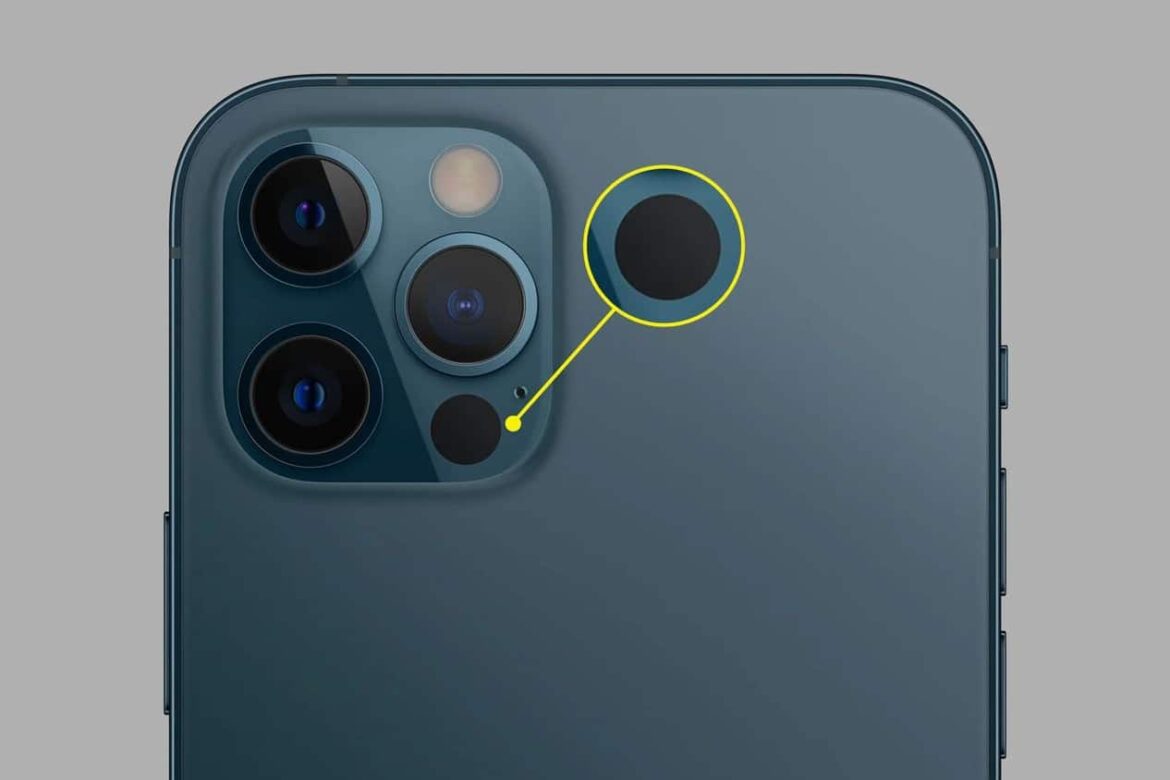The LiDAR scanner in the iPhone opens up a whole new world of possibilities for augmented reality and photography. Learn how to get the most out of this technology.
What is the LiDAR scanner in the iPhone?
The introduction of the LiDAR scanner to the iPhone series has ushered in a technological revolution that goes far beyond simple photography. This advanced technology enables the device to scan its surroundings in real time and capture precise depth information, which is particularly beneficial for augmented reality (AR) applications.
- The LiDAR (Light Detection and Ranging) scanner uses light pulses to measure distances. This is done by emitting laser beams that are reflected back from objects. This technology records the time it takes for the beam to reflect back to the sensor and calculates the distance. This creates a detailed 3D map of the environment.
- Apple first introduced the LiDAR scanner with the iPhone 12 Pro to enhance AR experiences. The technology offers faster focusing in low-light conditions and improved accuracy in AR applications. This enables users to integrate virtual objects more realistically into their physical environment.
- Apart from AR applications, the LiDAR scanner also significantly improves photography. When taking portraits, it helps to accurately detect the background and highlight details. This results in sharper images with better bokeh effect, especially in low light.
- Another benefit of the LiDAR scanner is in the field of interior design and architecture. With supporting apps, users can accurately measure rooms and create virtual models. This makes it much easier to plan and visualize changes in room design.
How do you use the LiDAR scanner on your iPhone?
To use the LiDAR scanner effectively, you must first ensure that your iPhone model supports this feature. The scanner is integrated into the iPhone 12 Pro, iPhone 12 Pro Max, and all newer iPhone versions. Once you have a compatible device, there are numerous ways to take advantage of the scanner’s features.
- First, familiarize yourself with the pre-installed apps that support the LiDAR scanner. These include the Camera app and the Measure app. In the Camera app, the scanner can increase the autofocus speed in low light conditions. This results in faster and sharper images, as the scanner analyzes the depth of the scene.
- For AR applications, it is advisable to download additional apps from the App Store. Many developers offer specialized software that can access the LiDAR scanner to create immersive AR experiences. Examples include Home Design 3D, IKEA Place, and MeasureKit. These apps help you measure rooms, place furniture virtually, or experience interactive games in the real world.
- If you want to use the LiDAR scanner to measure and plan rooms, it is recommended that you work in well-lit environments. Although the scanner works in low light conditions, bright conditions provide more accurate data. Make sure there are no large reflective surfaces nearby, as these can affect the measurements.
- Make sure to keep your iPhone software up to date. Apple regularly releases updates that further optimize the performance and functionality of the LiDAR scanner. By updating your iOS version, you can ensure that all features work smoothly and efficiently.

